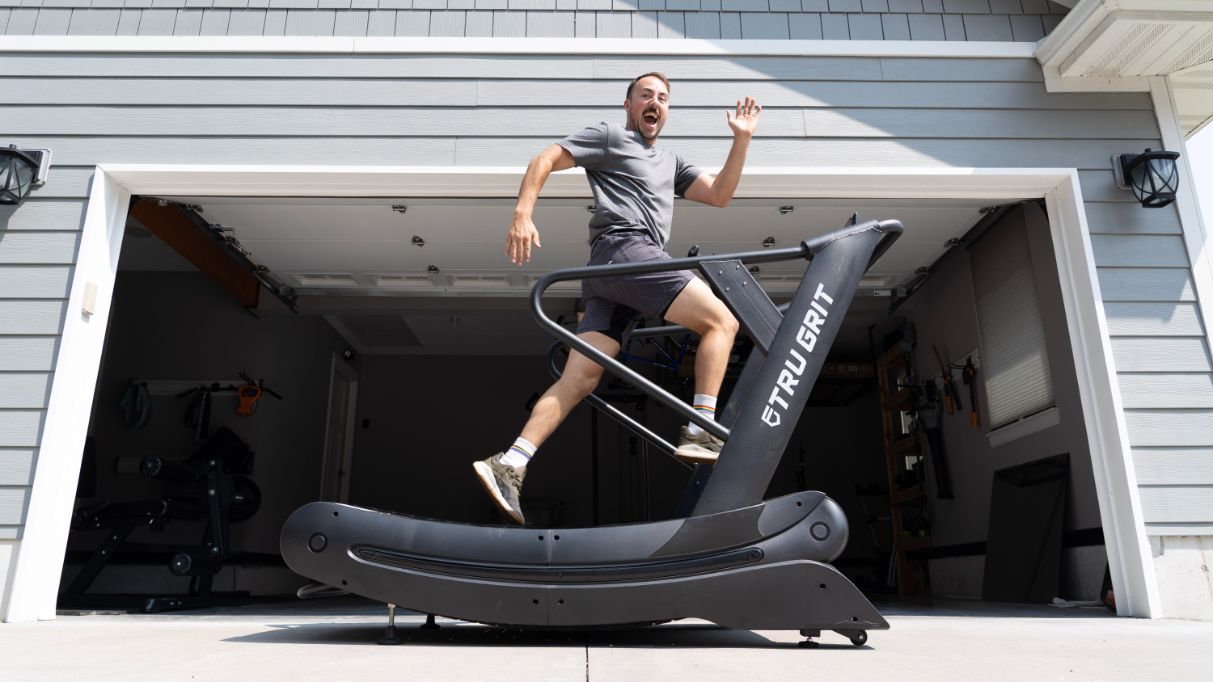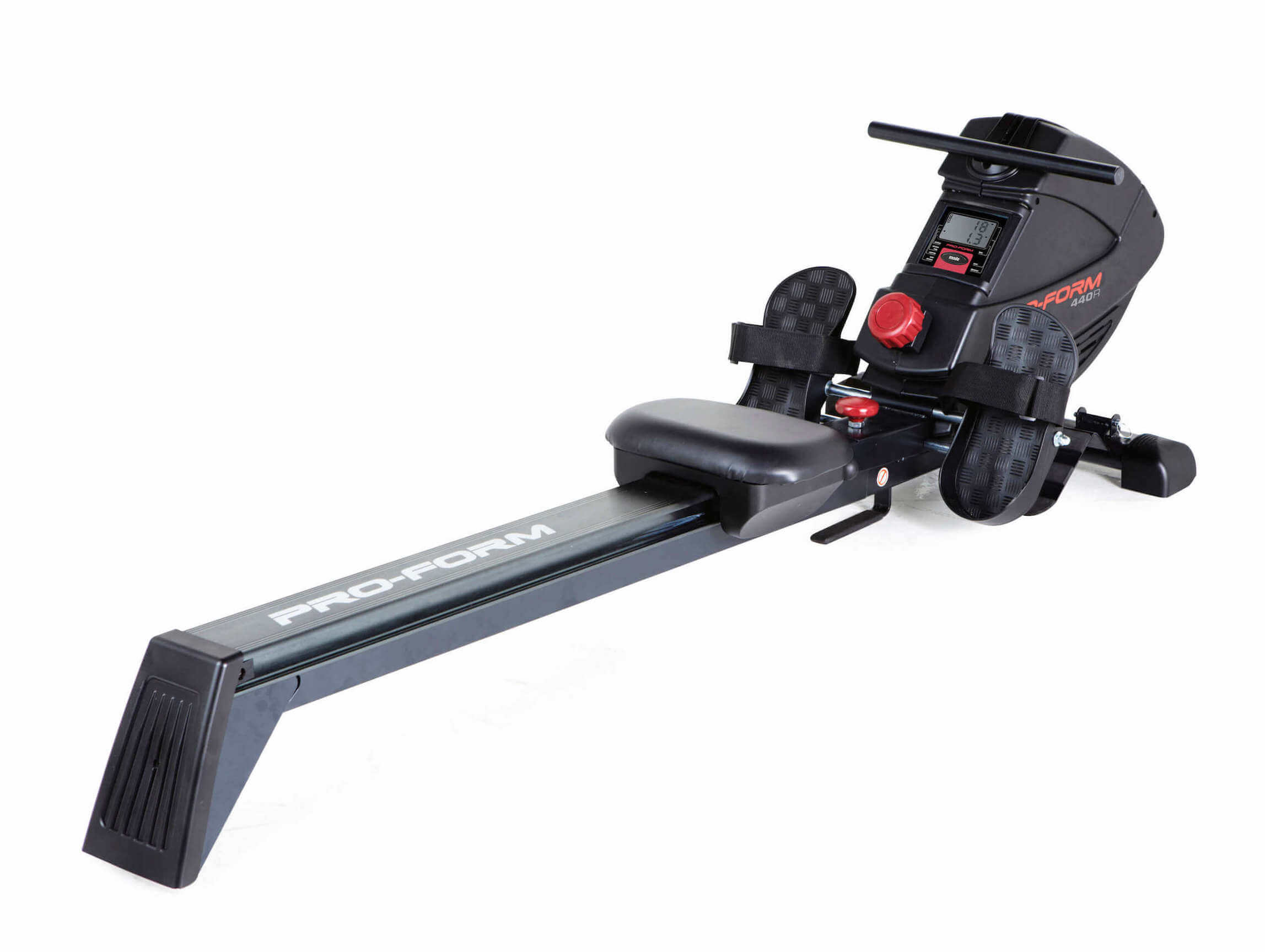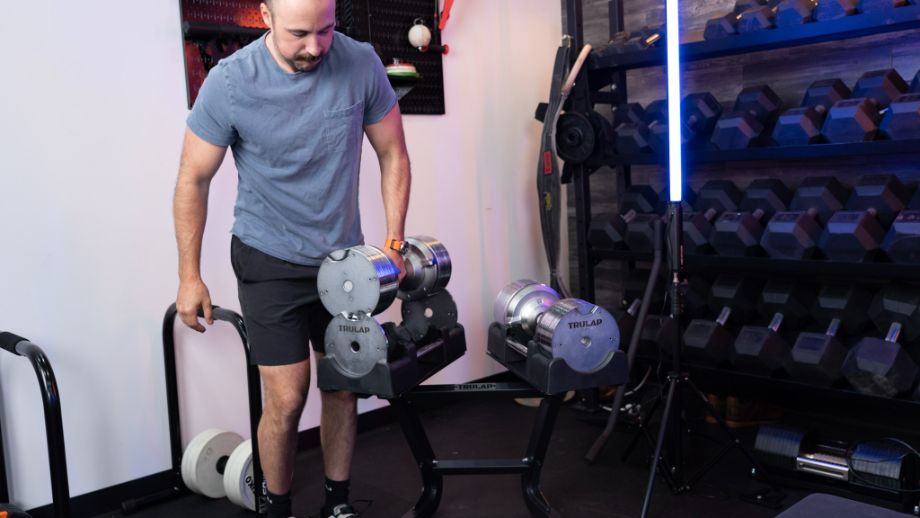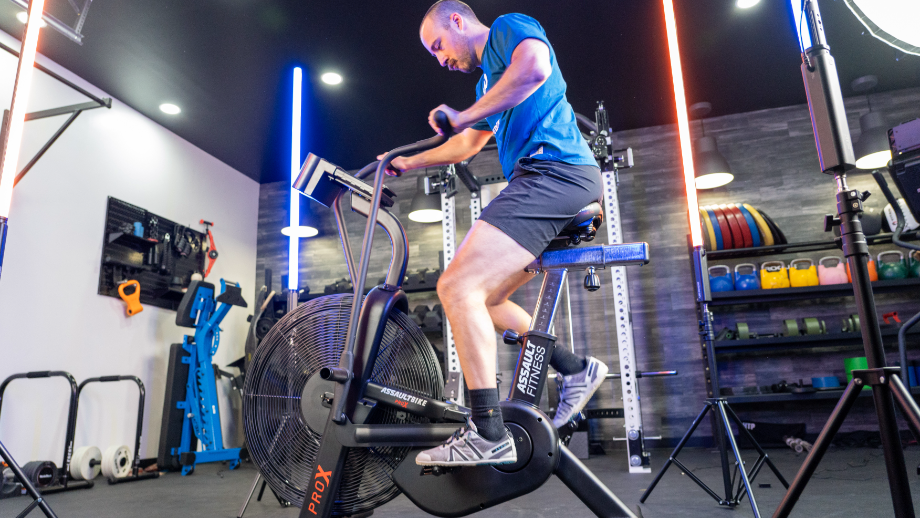If you’ve heard the term basal metabolic rate but you’re not sure exactly what it means, we’ve got you covered. Your friends at Garage Gym Reviews are fitness professionals who hold the industry’s top certifications. You may be more familiar with our in-depth reviews and roundups on fitness equipment (like the best treadmill for a home gym or best heart rate monitor) but we’re also here to make health and wellness topics more approachable.
I’m an NSCA-certified personal trainer and I’ll walk you through what basal metabolic rate (BMR) is and how to calculate it. For now, here is what you need to know about BMR: It’s an estimation of how many calories you should eat per day to sustain bodily functions like breathing, circulating blood, absorbing nutrients, and building cells. All of these basic functions that happen without any mental effort actually expend energy and require fuel, even at rest.
Key Takeaways on Basal Metabolic Rate
- Your Basal Metabolic Rate (BMR) measures the number of calories your body requires at rest.
- The BMR calculation1 for men is:
(10 * weight in kg) + (6.25 * height in cm) – (5 * age) + 5. - The BMR calculation1 for women is:
(10 * weight in kg) + (6.25 * height in cm) – (5 * age) – 161. - BMR accounts for 60-70% of the total calories you burn2.
BMR vs RMR (Resting Metabolic Rate)
If you’re wondering about the difference between BMR vs RMR—your basal metabolic rate vs resting metabolic rate—you’re not alone. The two terms are often used interchangeably and many healthcare providers use a BMR formula to calculate your body’s metabolism rate.

RMR is the rate your body burns energy in a relaxed state, and may also be called resting energy expenditure (REE). BMR is similar, but is the amount of calories required to keep basic (basal) functions performing properly within your body.
How to Calculate BMR
There are multiple BMR calculators that can estimate the number of calories you need per day to support the basic functions of your lungs, heart, and brain. But you don’t need anything fancy to answer the question: What is my BMR?
It’s worth noting that there are also multiple formulas used to calculate BMR, which have been revised over the years. One of the most popular formulas introduced in 1990 is called the Mifflin-St Jeor Equation. Before that, healthcare professionals used the Harris-Benedict Equation dating back to 1918. It was updated to the Revised Harris-Benedict Equation3 in 1984.
Mifflin-St Jeor Equation
The Mifflin-St Jeor Equation4 was introduced in 1990 as a more accurate calculation than the revised Harris-Benedict Equation.
For men:
BMR = (10 * body weight in kg) + (6.25 * height in cm) – (5 * age in yrs) + 5
For women:
BMR = (10 * body weight in kg) + (6.25 * height in cm) – (5 * age in yrs) – 161
Revised Harris-Benedict Equation
The revised Harris-Benedict Equation came out in 1984.
For men:
BMR = (13.397 * body weight in kg) + (4.799 * height in cm) – (5.677 * age in yrs) + 88.362
For women:
BMR = (9.247 * body weight in kg) + (3.098 * height in cm) – (4.330 * age in yrs) + 447.593
Katch-McArdle Formula
The Katch-McArdle Formula has a slightly different approach to basal metabolism and calculates resting daily energy expenditure (RDEE), which takes lean body mass into account. This can be helpful for folks who are leaner and know their body fat percentage.
BMR = 370 + 21.6 * (1 – body fat %) * Body weight in kg
You Calculated BMR, Now What?
Once you’ve calculated your BMR, you can use an additional formula that helps you determine energy requirements (and additional calories needed) based on your activity level.
- Little to no physical activity: BMR * 1.2 = Daily calories needed
- Light exercise 1-3 times per week: BMR * 1.375 = Daily calories needed
- Moderate exercise 3-5 times per week: BMR * 1.55 = Daily calories needed
- Very active 5-6 days per week: BMR * 1.725 = Daily calories needed
- Heavy physical exercise or physical job: BMR * 1.9 = Daily calories needed
The end result is essentially the number of calories you need per day for weight management at your current body weight. As a CPT, I suggest taking these formulas with a grain of salt—it’s likely your activity changes throughout the week.

To get the most accurate picture of your health, you’ll need to find a healthcare provider who can perform an indirect calorimetry5, which is an in-depth study of your metabolism that measures pulmonary gas exchanges (aka your levels of oxygen intake and carbon dioxide output). An indirect calorimetry can also identify nutrient requirements and how your body metabolizes macronutrients (carbohydrates, fats, and proteins) for energy.
RELATED: Macros for Weight Loss
Why Should You Care About BMR?
Knowing your estimated basal metabolic rate can be helpful for understanding your caloric needs for basic human function. The number of calories your body requires on a day-to-day basis is called your total daily energy expenditure (TDEE).
If you’re an active person, knowing your BMR and TDEE can help assure you that you’re fueling your body enough for the amount of energy you burn during daily activities, which we call non-exercise activity thermogenesis (aka NEAT6) in the world of strength and conditioning.

NEAT activities include things like yard work, household chores, and playing with your kids. You may be surprised to find activities that burn the most calories include shoveling snow, chopping wood, mowing the law, gardening, and cleaning.
However, a 2021 study7 notes that BMR formulas don’t consider body composition, weight history, or metabolic disorders such as thyroid issues or diabetes, which may affect BMR.
RELATED: How Many Calories Does Walking a Mile Burn?
Metabolism and Weight Loss
Basal metabolic rate can estimate your daily caloric needs for brain, lung, and heart function. Additionally, having this estimate may make it easier to achieve weight loss and body composition goals.
Knowing what your baseline calories are for your internal organs to function can allow you to make educated decisions when it comes to adjusting your calorie needs or activity levels to lose or gain weight.
Before you head off and start planning to eat fewer calories, it’s important to know that building muscle mass can lead to higher BMR. In fact, muscle mass may be the main factor in BMR—in addition to body size and composition—which means having more fat-free mass and more muscle8 creates a higher total energy expenditure.
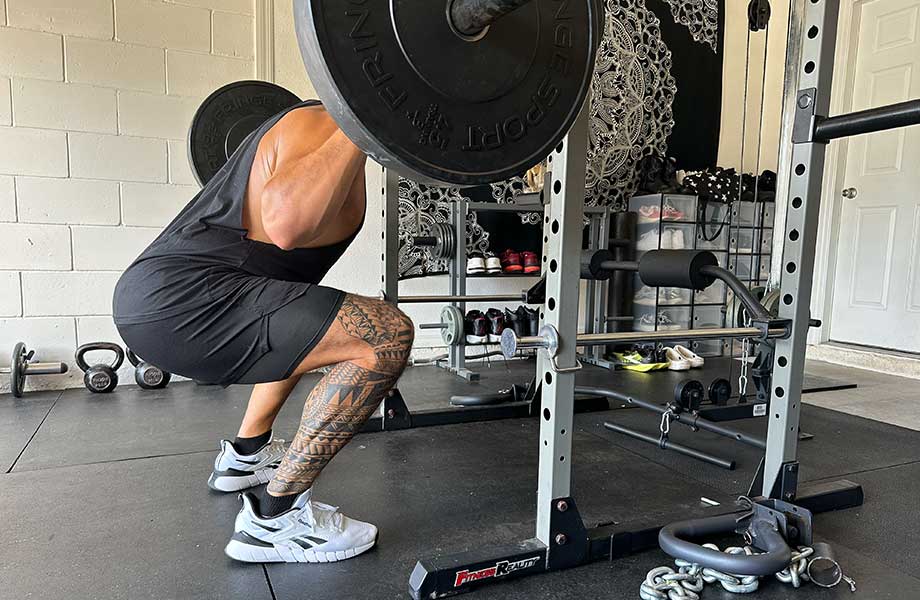
In other words, the more muscle you have the more calories you burn at rest. That also means your baseline caloric needs increase. So if you’re not already resistance training, I hope this little factoid will inspire you to embark on our 6-week beginner workout plan.
Final Thoughts: Basal Metabolic Rate
Now that you know how to calculate your basal metabolic rate—and a few reasons you might want to—here are a few things to remember about BMR:
- There are three formulas you can use to estimate BMR
- Healthcare providers who can perform indirect calorimetry5 offer the most accurate metabolic information
- Estimating your BMR can help provide a baseline for your caloric needs
- Strength training and increasing your muscle mass can increase BMR
- Understanding BMR can help you make educated decisions when it comes to making changes to your activity levels and calorie intake
Basal Metabolic Rate: FAQs
What is a good basal metabolic rate?
While there are BMR averages, the calculation varies a lot between individuals. The formula considers age, height, and weight. The Katch-McArdle Formula also includes body fat percentage.
What is the basal rate of metabolism?
The basal rate of metabolism is the minimum number of calories you need per day to sustain basic function of your heart, lunges, and brain. The minimum number of calories needed is highly individual and varies based on age, weight, height, muscle mass, and body fat.
What is a normal BMR for a woman?
The average basal metabolic rate for women is around 1,400 kcal per day9.
Are you supposed to eat your basal metabolic rate?
Your estimated BMR is essentially the minimum number of calories your body needs for basic bodily and brain functions. However, consider that your BMR is the number of calories you need at rest and the estimation doesn’t take into consideration the additional calories you need if you go for a walk, strength train, play with your kids, or garden on a given day.
References
- BMR Calculator. Calculator.net.
- Basal Metabolic Rate Calculator. Garnet Health. (2016).
- Pavlidou, E., Papadopoulou, S. K., Seroglou, K., & Giaginis, C. (2023). Revised Harris-Benedict Equation: New Human Resting Metabolic Rate Equation. Metabolites, 13(2), 189. https://doi.org/10.3390/metabo13020189
- Mifflin, M. D., St Jeor, S. T., Hill, L. A., Scott, B. J., Daugherty, S. A., & Koh, Y. O. (1990). A new predictive equation for resting energy expenditure in healthy individuals. The American journal of clinical nutrition, 51(2), 241–247. https://doi.org/10.1093/ajcn/51.2.241
- Delsoglio, M., Achamrah, N., Berger, M. M., & Pichard, C. (2019). Indirect Calorimetry in Clinical Practice. Journal of clinical medicine, 8(9), 1387. https://doi.org/10.3390/jcm8091387
- Chung, N., Park, M. Y., Kim, J., Park, H. Y., Hwang, H., Lee, C. H., Han, J. S., So, J., Park, J., & Lim, K. (2018). Non-exercise activity thermogenesis (NEAT): a component of total daily energy expenditure. Journal of exercise nutrition & biochemistry, 22(2), 23–30. https://doi.org/10.20463/jenb.2018.0013
- Dahle JH, Ostendorf DM, Pan Z, et al. Weight and body composition changes affect resting energy expenditure predictive equations during a 12-month weight-loss intervention. Obesity (Silver Spring). 2021;00:1– 10. https://doi.org/10.1002/oby.23234
- Metabolism and weight loss: How you burn calories. Mayo Clinic. October 2022.
- Hoffmans, M., Pfeifer, W. A., Gundlach, B. L., Nijkrake, H. G., Oude Ophuis, A. J., & Hautvast, J. G. (1979). Resting metabolic rate in obese and normal weight women. International journal of obesity, 3(2), 111–118.




